Sales Funnels and Marketing Automation: The Perfect Match. In the fast-paced world of digital marketing, the integration of sales funnels with marketing automation tools has emerged as a game-changer for businesses striving to optimize their lead generation and customer engagement processes. This powerful partnership not only streamlines workflows but also enhances the overall effectiveness of marketing strategies, leading to increased sales and improved customer retention.
Uncover everything you need to know about marketing automation tools in this detailed guide.
Sales Funnels and Marketing Automation: A Powerful Partnership

The synergy between sales funnels and marketing automation creates a dynamic environment where marketers can nurture leads more effectively and convert prospects into loyal customers. By understanding how these two concepts complement each other, businesses can harness their full potential to drive revenue growth.
Defining Sales Funnels
At its core, a sales funnel is a visual representation of the journey that potential customers take from the awareness stage to the point of purchase. It consists of various stages, including awareness, interest, consideration, and decision. Each stage is designed to guide the prospect through a calculated process, ultimately leading to a conversion.
The sales funnel acts as a roadmap for marketers, allowing them to identify areas that require improvement. For instance, if a significant drop-off occurs in the consideration stage, it signals that marketers need to refine their messaging or provide additional information to help prospects make informed decisions. Understanding the intricacies of the sales funnel empowers businesses to create targeted strategies that resonate with their audience.
Get Now: The Faceless Marketing Masterclass – Build a Powerful Online Brand Without Ever Showing Your Face
The Role of Marketing Automation
Marketing automation refers to the use of software platforms and technologies to automate repetitive marketing tasks, such as email campaigns, social media posting, and ad management. By automating these functions, marketers can save time and resources while delivering personalized content at scale.
This technology plays a crucial role in nurturing leads throughout the sales funnel. Automated emails can be triggered based on user behavior, ensuring that prospective customers receive timely and relevant information. For example, if a user downloads an eBook, they could automatically receive follow-up emails that offer related resources, guiding them further down the funnel.
How They Work Together
When combined, sales funnels and marketing automation create a cohesive strategy that enhances the customer experience. Marketing automation tools can track user behavior across various touchpoints, allowing businesses to segment their audience effectively. This segmentation enables marketers to tailor their messaging based on where prospects are in the sales funnel.
Furthermore, automation allows for continuous optimization of the funnel. By analyzing data and metrics, marketers can identify which strategies yield the best results and adjust their tactics accordingly. This agile approach ensures that businesses remain competitive and responsive to changing consumer behaviors.
Not sure which tool is right for you? Check out our comprehensive top 10 list of marketing automation tools.
Optimizing Your Sales Funnel with Marketing Automation
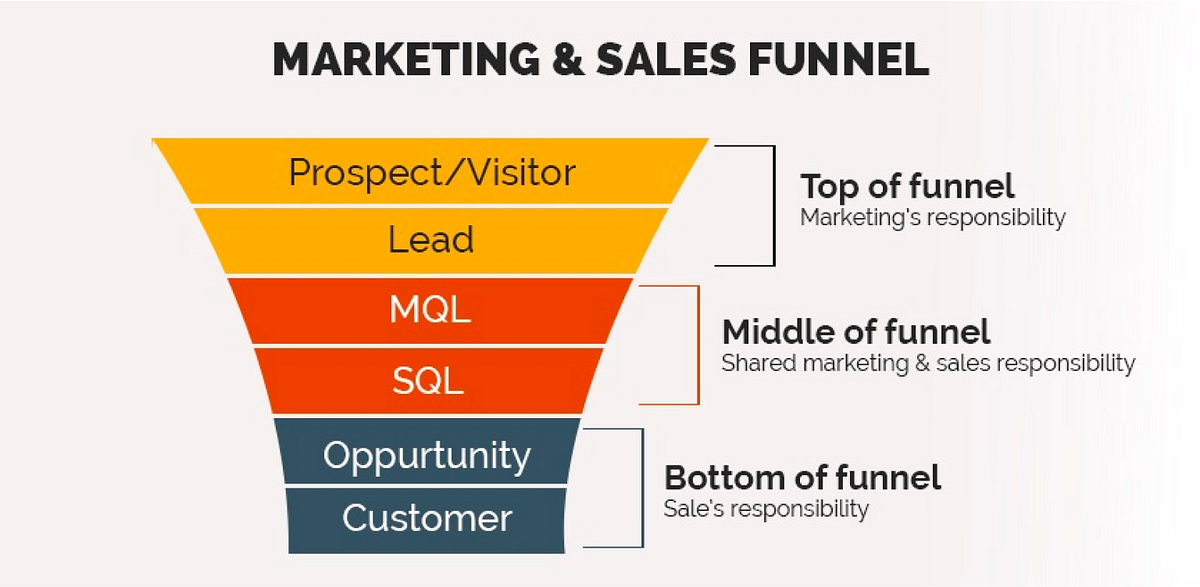
To maximize the benefits of sales funnels and marketing automation, businesses must focus on optimization. An optimized funnel not only improves conversion rates but also enhances the overall efficiency of marketing efforts.
Identifying Bottlenecks
The first step in optimizing a sales funnel is identifying bottlenecks or points where prospects drop off. Utilizing analytics tools, marketers can track user interactions at every stage of the funnel. Insights gained from this analysis can inform strategic adjustments to improve the flow of leads through the funnel.
For instance, if data indicates that a substantial number of leads are leaving the funnel after the initial contact, marketers may need to reevaluate their communication strategy. This may involve crafting more compelling subject lines for emails or providing clearer value propositions that address potential objections.
Learn more: Email Marketing Automation: A Step-by-Step Guide
A/B Testing Strategies
A/B testing is a powerful method for optimizing different elements of the sales funnel. By creating variations of landing pages, email copy, or calls-to-action, marketers can measure performance differences and determine what resonates best with their audience.
For example, testing two different versions of a landing page can reveal which design elements or messaging yield higher conversion rates. This data-driven approach enables marketers to make informed decisions and refine their strategies continuously.
Integrating Customer Feedback
Customer feedback is an invaluable resource for optimizing the sales funnel. Engaging with customers through surveys or direct conversations provides insights into their experiences and pain points. This information can guide marketers in adjusting their messaging, offers, and overall approach within the funnel.
Moreover, implementing changes based on customer feedback creates a sense of trust and loyalty, as clients feel heard and valued. This relationship-building aspect is essential in maintaining engaged prospects throughout the sales funnel and increasing the likelihood of conversion.
Learn more: Benefits of Marketing Automation for Small Businesses
The Marketing and Sales Funnel: A Unified Approach to Lead Generation
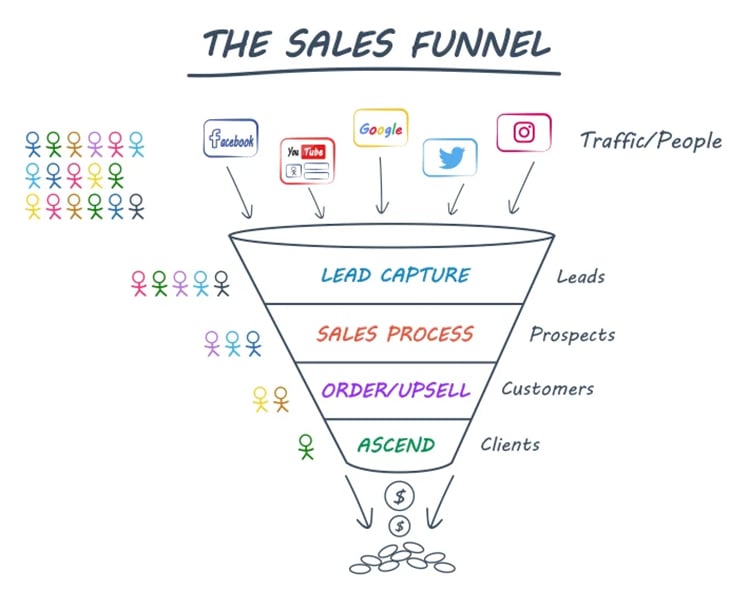
Understanding the distinction and connection between the marketing funnel and the sales funnel is pivotal for effective lead generation. These two funnels work together to guide prospects from initial awareness to final purchase.
Understanding the Marketing Funnel
The marketing funnel focuses on attracting potential customers and generating leads. It encompasses stages such as awareness, interest, and consideration. Ideally, marketers utilize various tactics, including content marketing, social media engagement, and paid advertising to draw prospects into the funnel.
During the awareness stage, businesses aim to capture attention and introduce their brand. As potential customers express interest, marketers strive to engage them with valuable content, educating them about their offerings.
Learn more: What is Marketing Automation? Boost Your Business Efficiency with Automated Strategies
Transitioning to the Sales Funnel
Once leads have progressed through the marketing funnel, they enter the sales funnel. Here, the focus shifts to nurturing relationships and guiding prospects toward making a purchasing decision. Effective communication, follow-ups, and persuasive messaging are critical components of this stage.
Integrating both funnels allows businesses to create a seamless transition between marketing efforts and sales strategies. For example, automated email sequences can be employed to nurture leads as they move from the marketing funnel into the sales funnel, ensuring consistent engagement.
Bridging the Gap Between Marketing and Sales
Collaboration between marketing and sales teams is essential for maximizing the effectiveness of both funnels. Regular communication and sharing of insights can help align goals and strategies.
By establishing a shared understanding of target audiences, marketers can produce tailored content that addresses specific pain points faced by prospects. Similarly, sales teams can provide valuable feedback on the quality of leads generated by marketing efforts, enabling continuous refinement of both funnels.
Get Now: Unlock 300+ Proven Ways to Make Money With GPT – Your Shortcut to Financial Freedom!
Automating Your Sales Funnel for Increased Efficiency and Revenue
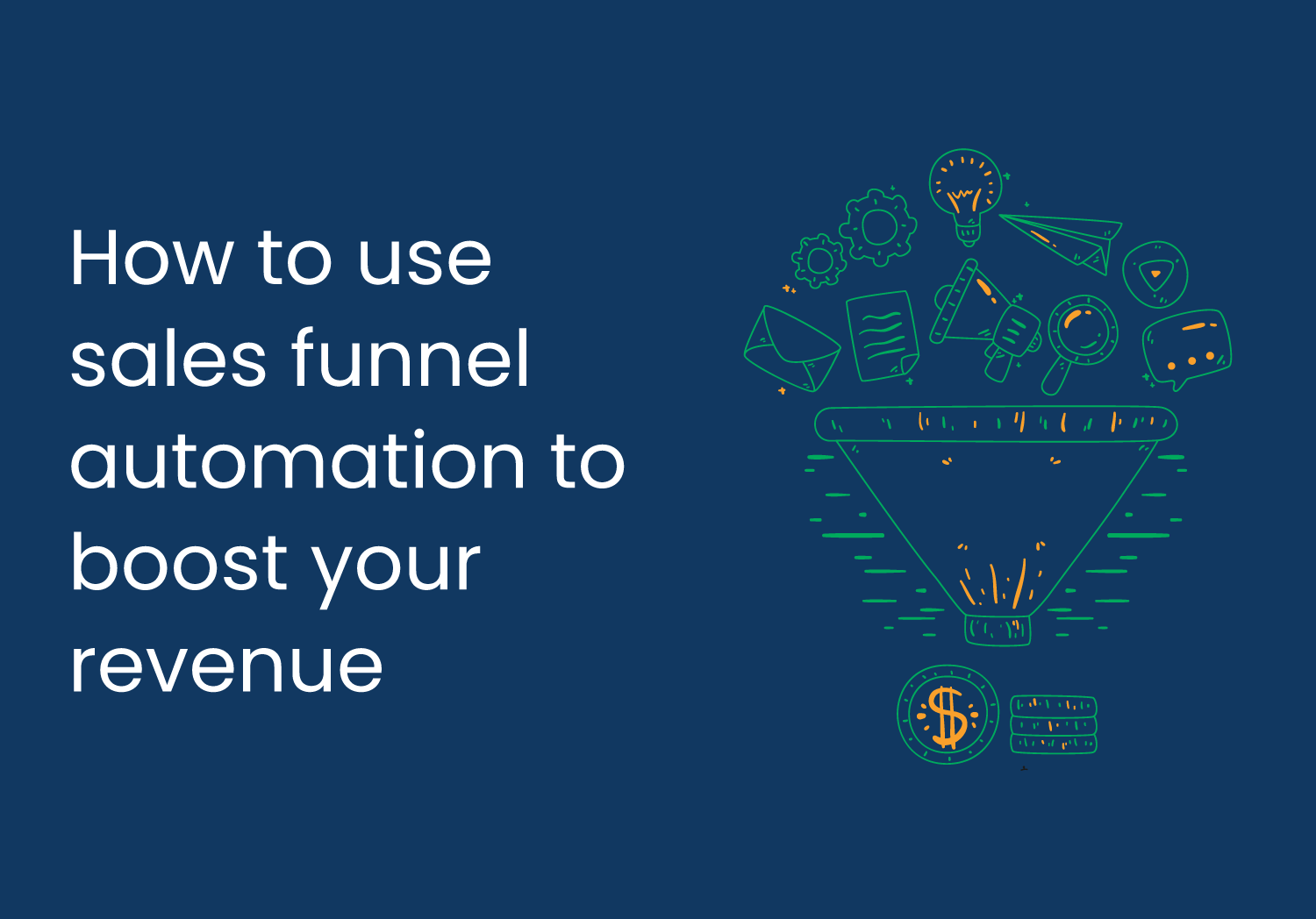
Automation serves as a catalyst for enhancing the efficiency of the sales funnel. By automating routine tasks, businesses can allocate more time to developing strategic initiatives and fostering meaningful client relationships.
Streamlining Communication
One of the primary advantages of marketing automation is the ability to streamline communication with prospects throughout the sales funnel. Automated emails can be set to trigger based on specific actions taken by users, ensuring timely follow-ups and consistent engagement.
For instance, when a lead fills out a contact form, an automated response can acknowledge their inquiry and provide additional information. This not only saves time for sales representatives but also reassures prospects that their needs are being addressed promptly.
Learn more: How to Choose the Right Marketing Automation Tool
Enhancing Lead Scoring
Automated lead scoring helps prioritize prospects based on their engagement and fit. By using algorithms to analyze user behavior—such as website visits, email open rates, and social media interactions—businesses can assign scores indicating the likelihood of conversion.
This automated scoring system empowers sales teams to focus their efforts on high-priority leads. Instead of spending time on unqualified prospects, sales representatives can dedicate their energy to leads that exhibit strong buying signals.
Increasing Revenue Through Upselling and Cross-selling
Automation can also facilitate upselling and cross-selling opportunities within the sales funnel. By leveraging customer data, businesses can deliver personalized recommendations that align with past purchases or browsing history.
For example, an automated email sent after a purchase could suggest complementary products or services, encouraging additional revenue generation. This proactive approach not only boosts sales but also enhances the overall customer experience.
Integrating Marketing Automation into Each Stage of the Sales Funnel
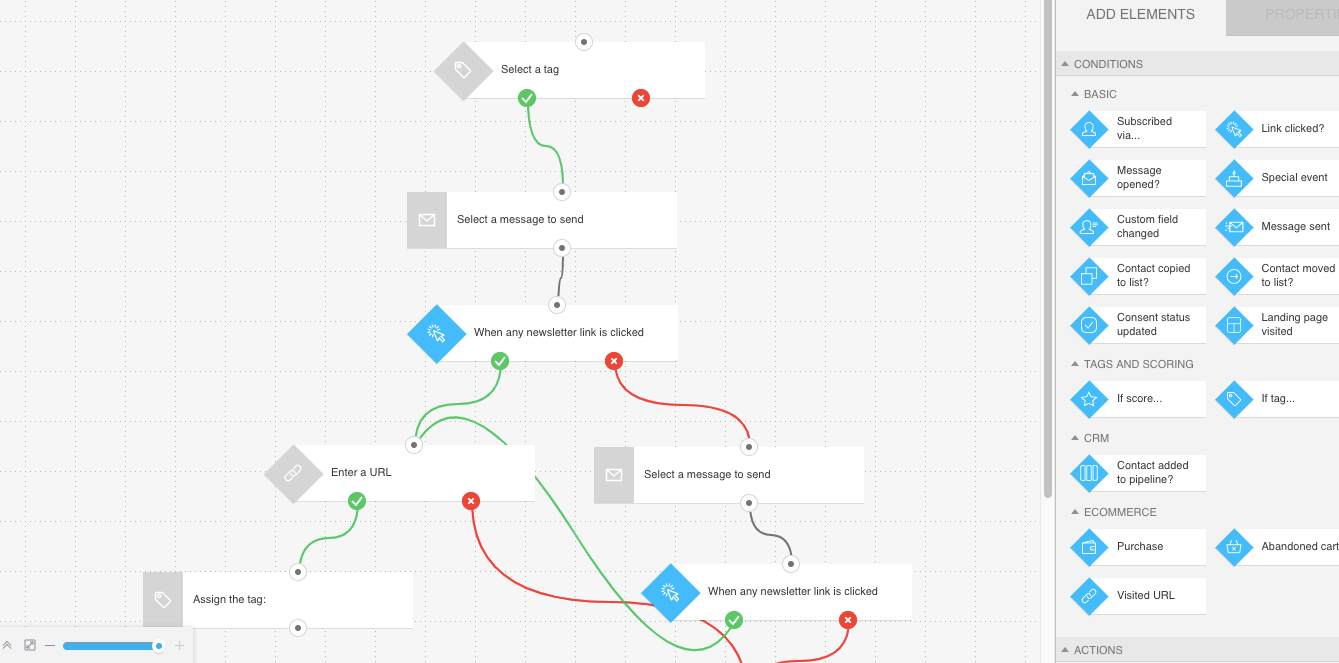
Each stage of the sales funnel presents unique challenges and opportunities for automation. By integrating marketing automation tools into every phase, businesses can enhance the customer journey and drive conversions more effectively.
Awareness Stage
In the awareness stage, leveraging marketing automation involves creating targeted campaigns that reach potential customers through various channels. By segmenting audiences based on demographics and behaviors, businesses can tailor their messaging to attract attention effectively.
For example, using automated social media ads that highlight special promotions or valuable content can draw in potential leads. Additionally, automated content distribution via email newsletters can keep prospects informed about relevant topics, reinforcing brand recognition.
Consideration Stage
As leads progress into the consideration stage, marketing automation becomes essential for nurturing relationships. Automated email sequences can provide educational content, case studies, or product comparisons to help prospects evaluate their options.
Content personalization is particularly impactful during this stage. By utilizing data collected during previous interactions, businesses can deliver customized messages that address specific pain points, thereby increasing engagement and interest.
Decision Stage
When leads reach the decision stage, personalized outreach becomes critical. Automated emails featuring limited-time offers or exclusive discounts can incentivize prospects to make a purchase.
Moreover, integrating chatbots or live chat features powered by automation can provide instant support to answer prospective customers’ questions. This level of responsiveness can significantly influence their decision-making process and increase the likelihood of conversion.
Key Metrics for Measuring the Success of Your Automated Sales Funnel
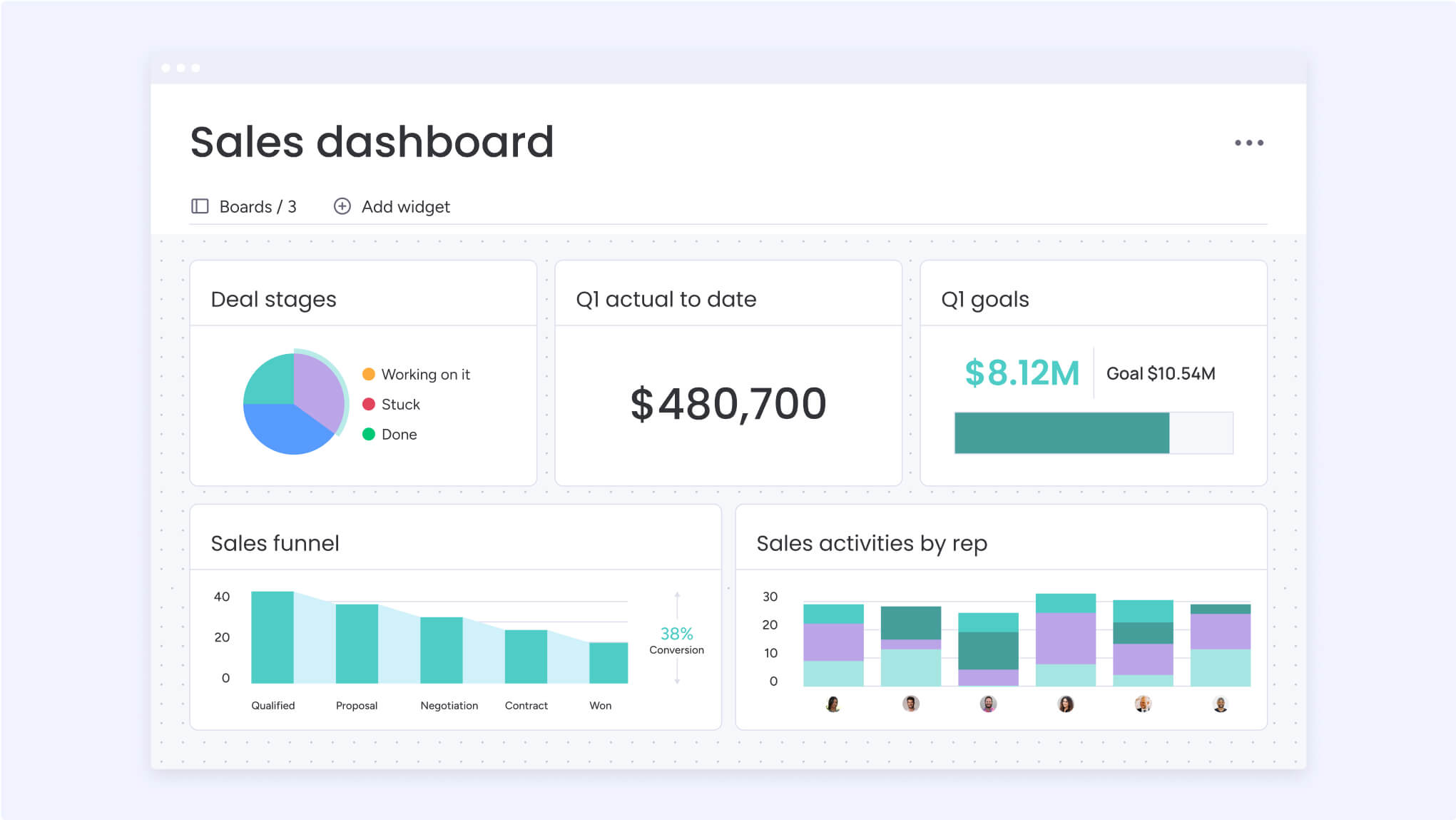
To ensure that your sales funnel and marketing automation strategies are effective, it’s essential to monitor key performance metrics. Evaluating these metrics provides insights for continuous improvement and optimization.
Conversion Rates
Conversion rates serve as a fundamental metric for assessing the effectiveness of the sales funnel. By tracking how many leads successfully move through each stage to achieve a purchase, businesses can gauge the overall success of their strategies.
If conversion rates are lower than expected, analyzing the corresponding stages can reveal potential issues. Perhaps the messaging is unclear, or there is a lack of engagement with leads. Understanding these nuances allows marketers to implement targeted improvements.
Cost Per Acquisition
Cost per acquisition (CPA) measures how much it costs to acquire a new customer. This metric is crucial for evaluating the return on investment of marketing automation efforts.
By calculating CPA, businesses can assess whether their automated strategies are cost-effective. If CPA is too high, it may necessitate revisiting targeting methods or refining the messaging to increase the quality of leads entering the sales funnel.
Customer Retention Rate
Monitoring customer retention rates provides valuable insight into the long-term success of the sales funnel. Retaining existing customers is often more cost-effective than acquiring new ones, making this metric a vital indicator of overall business health.
By measuring how many customers return for repeat purchases, businesses can identify successful engagement strategies. Implementing automated re-engagement campaigns targeting lapsed customers can further enhance retention efforts.
Common Challenges and Best Practices for Automating Sales Funnels
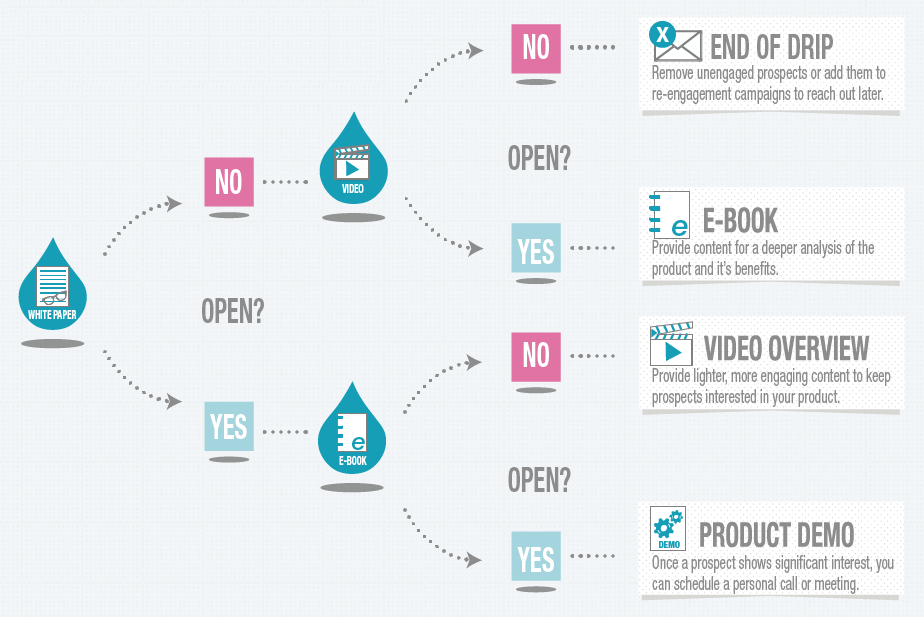
While the integration of sales funnels and marketing automation offers numerous benefits, common challenges can arise. Addressing these challenges with best practices ensures a smoother implementation process.
Overcoming Data Integration Issues
One challenge businesses may face is integrating data from various sources into their automation systems. Disparate data can lead to inconsistencies and hinder effective segmentation.
To overcome this, organizations should invest in robust integration tools that enable seamless data synchronization across platforms. Establishing a centralized database will create a single source of truth, improving accuracy and efficiency.
Ensuring Content Relevance
Another hurdle is ensuring that automated content remains relevant and engaging. Generic messaging can lead to disengagement and increased unsubscribe rates.
Best practices dictate the need for regular content audits. By analyzing performance metrics and gathering customer feedback, marketers can refine their messaging to reflect evolving trends and preferences.
Balancing Automation with Personalization
Striking a balance between automation and personalization is essential for maintaining meaningful connections with leads. Over-automation can make interactions feel robotic and impersonal.
To combat this, businesses should incorporate personalized touches into automated communications. For instance, addressing recipients by name and referencing their past interactions can foster a more authentic connection, enhancing engagement.
Building a Robust Marketing and Sales Funnel with Automation Tools
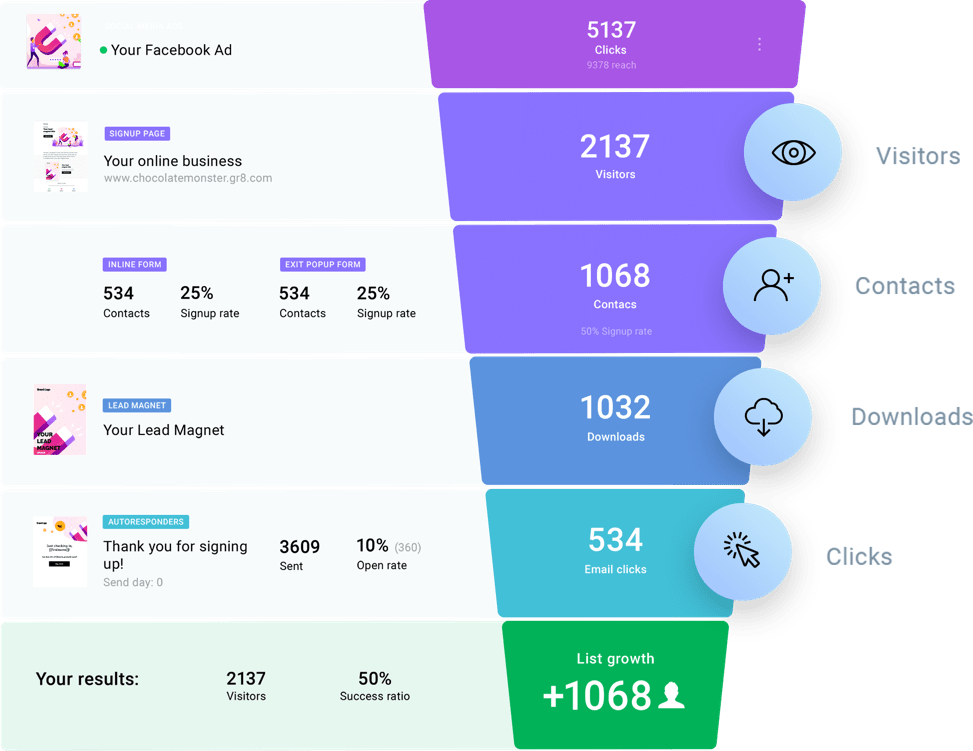
Creating a successful sales funnel requires a well-thought-out strategy supported by the right automation tools. Selecting the appropriate tools is crucial for building a robust funnel that drives conversions.
Evaluating Automation Software
When selecting marketing automation software, businesses should consider the features that align with their specific goals. Key functionalities may include email marketing capabilities, CRM integration, lead scoring, and analytics.
Conducting thorough research and reading reviews can aid in identifying software that meets individual organizational needs. Opting for platforms with user-friendly interfaces and comprehensive support resources will facilitate a smoother onboarding process.
Customizing Automation Workflows
Once the automation tools are in place, customizing workflows to suit the business’s unique processes is essential. Automation should reflect the specific buyer’s journey, ensuring that leads receive the right messages at the right times.
Building workflows that account for different lead behaviors will enhance relevance and engagement. For instance, sending follow-up emails triggered by specific actions—such as clicking on a link—ensures timely communication aligned with prospect interests.
Training and Support for Effective Implementation
Investing in training and support for team members is vital for maximizing the benefits of marketing automation. Organizations should prioritize ongoing education to ensure that staff are well-equipped to utilize the tools effectively.
Encouraging collaboration among sales and marketing teams fosters alignment and facilitates knowledge sharing. This collective effort ensures that everyone understands the processes involved in managing the sales funnel and how automation enhances their roles.
Leveraging Marketing Automation to Personalize the Customer Journey Within the Sales Funnel
Personalization is a cornerstone of successful marketing strategies, particularly within the sales funnel. Leveraging marketing automation to deliver tailored experiences enhances customer satisfaction and drives conversions.
Utilizing Behavioral Data
Analyzing behavioral data allows businesses to gain insights into customer preferences and interests. By tracking online activities, such as website visits and content engagement, marketers can create segmented lists based on user behavior.
For example, leads who frequently visit a product page can be targeted with personalized emails that provide additional information about that specific offering. This level of tailoring increases the chances of conversion by addressing the unique needs of each prospect.
Dynamic Content Creation
Dynamic content enables marketers to display personalized messages based on user behavior or characteristics. Using automation tools, businesses can create adaptable content blocks within emails or landing pages.
For instance, a company might showcase different product recommendations based on past purchases or browsing history. This approach enhances engagement by presenting relevant options that resonate with individual customers.
Creating a Seamless Omnichannel Experience
Delivering a seamless omnichannel experience is paramount for personalization. Utilizing automation to synchronize messaging across channels—such as email, social media, and websites—ensures consistent communication.
A cohesive experience reinforces brand recognition and builds trust with prospects. When leads encounter the same message regardless of channel, it simplifies their decision-making process and enhances their journey through the sales funnel.
Future Trends in Sales Funnel Automation and Marketing Integration
As technology continues to evolve, so do the strategies surrounding sales funnels and marketing automation. Staying informed about emerging trends allows businesses to remain competitive and adapt to shifting consumer expectations.
AI-Powered Automation
Artificial intelligence (AI) is poised to revolutionize marketing automation by enhancing decision-making and personalization. AI algorithms can analyze vast amounts of data to predict and understand customer behaviors better.
Through predictive analytics, businesses can anticipate customer needs and tailor their outreach accordingly. This innovation allows for more precise targeting and enhances the overall effectiveness of the sales funnel.
Enhanced Customer Experience Through Chatbots
Chatbots are becoming increasingly sophisticated and are integral to modern customer journeys. Their ability to provide instant responses and support enhances the overall experience for prospects navigating the sales funnel.
As chatbot technology continues to advance, businesses can expect improved conversational capabilities, allowing for more meaningful interactions. Automating customer service inquiries ensures prospects feel supported throughout their journey.
Integration of Social Media and E-Commerce
E-commerce and social media integration is becoming a prominent trend. Platforms are evolving to facilitate seamless shopping experiences directly within social media channels.
By harnessing marketing automation to manage social media campaigns, businesses can drive traffic to their products while nurturing leads through the sales funnel. Leveraging automation to respond to comments or inquiries can enhance engagement and encourage conversions.
Conclusion
In conclusion, the integration of sales funnels and marketing automation represents a powerful alliance that can transform how businesses engage with prospects and drive conversions. By optimizing sales funnels through automation, organizations can enhance efficiency, personalize the customer journey, and ultimately maximize revenue.
As the landscape of digital marketing evolves, staying ahead of emerging trends will be crucial for continued success. Embracing AI, chatbots, and social commerce will enable businesses to remain competitive and responsive to changing consumer behaviors.
Ultimately, the fusion of sales funnels and marketing automation not only streamlines workflows but also fosters deeper connections with customers. By investing in these strategies, businesses set themselves up for sustainable growth and enduring success in the ever-changing marketplace.


Leave a Reply